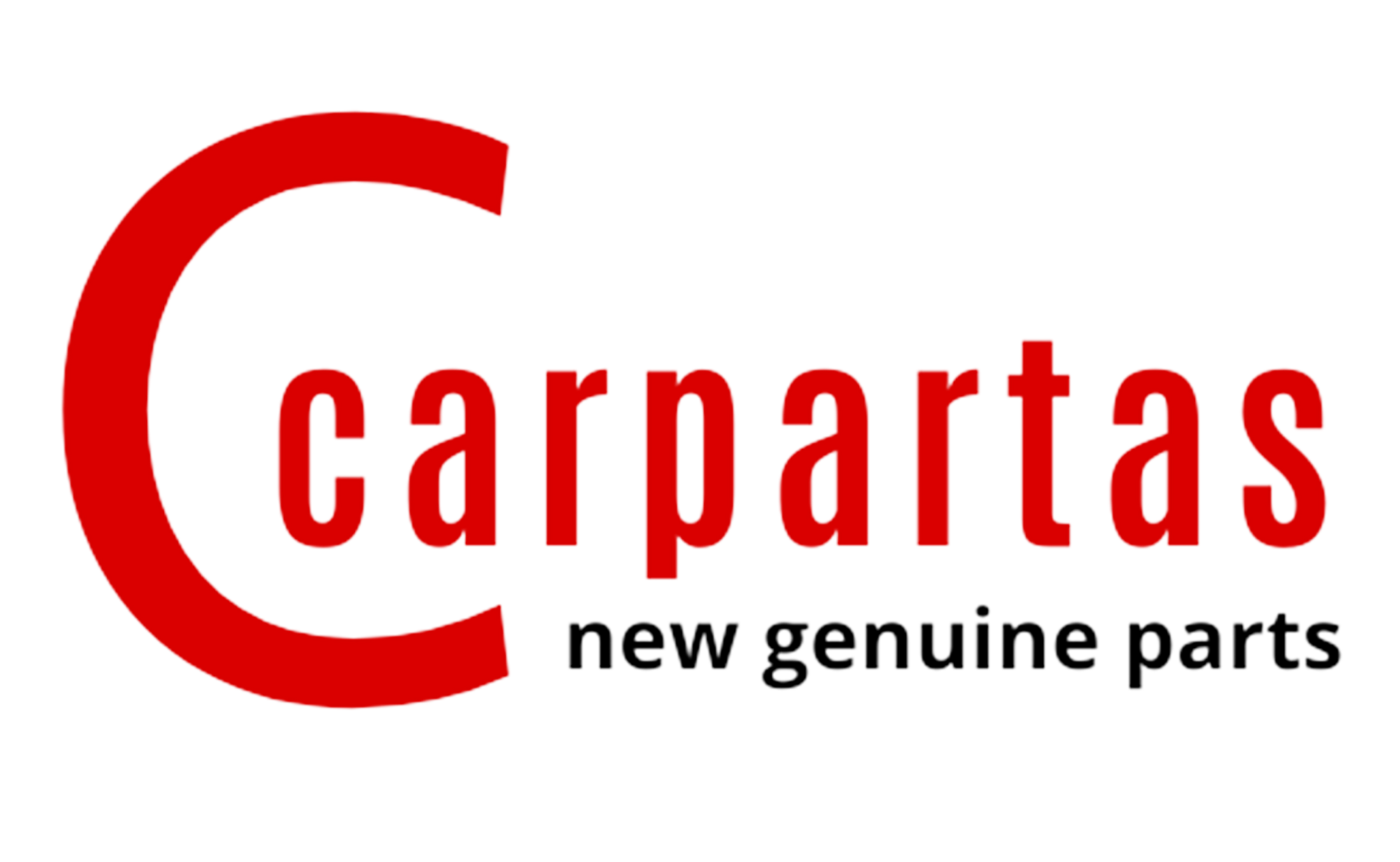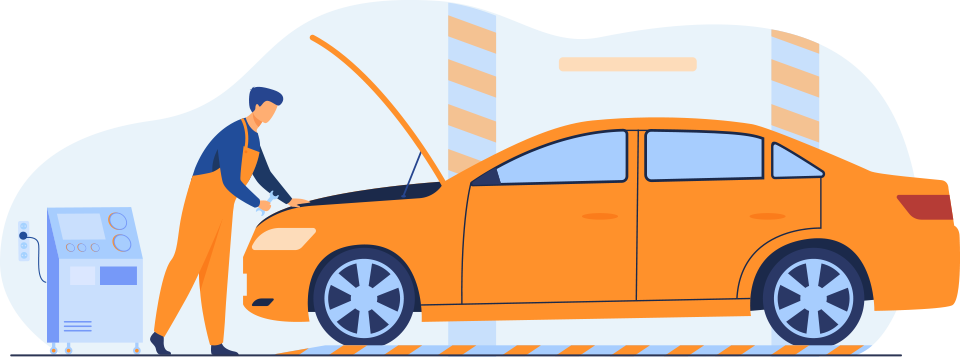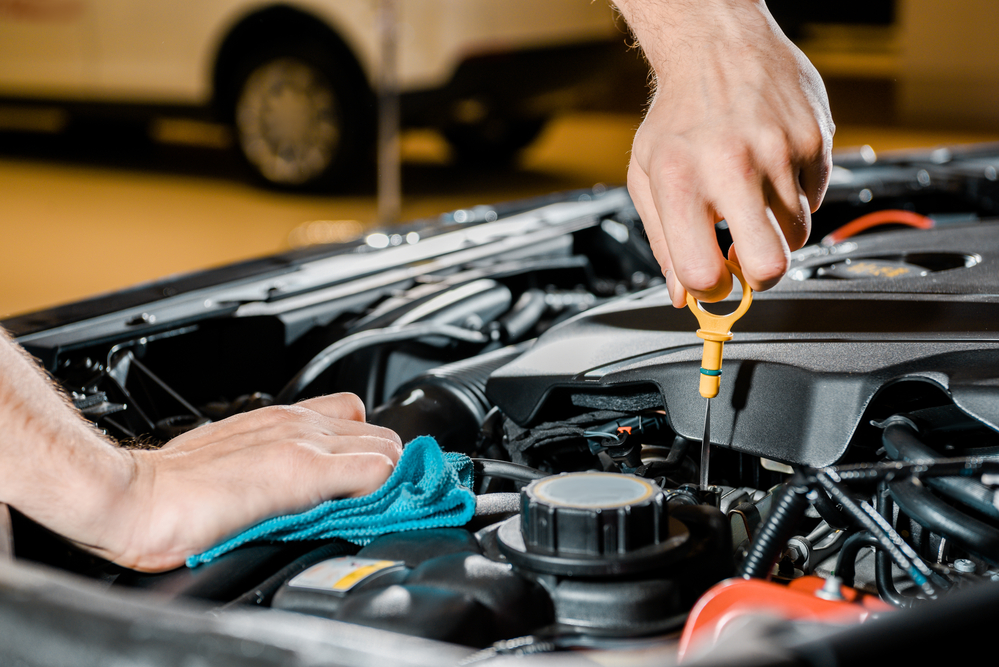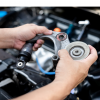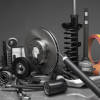Effective Tips to Spotting Fake and OEM Parts
Some car owners usually run into unexpected issues after installing what they believed were brand-new OEM parts – only to find out later they had been scammed with counterfeits. These fake parts might look identical at first glance, but they often fail quickly or cause further damage to the vehicle. It’s a frustrating and costly mistake that can easily be avoided with the right knowledge.
To avoid this type of problem from happening to you, we’ll share the best tips for spotting fake versus authentic replacement parts. Knowing what to look for can save you from unnecessary repairs, protect your vehicle’s performance, and give you peace of mind when maintaining your car.
1. Check the Packaging Quality
Authentic OEM parts usually come in high-quality packaging that includes the manufacturer’s logo, part number, barcodes, and sometimes a holographic seal or tamper-proof sticker. The box should be sturdy, cleanly printed, and free of spelling errors or faded graphics. Counterfeit parts often come in generic or poorly printed boxes that lack branding or look suspiciously cheap. If the packaging looks off, it’s a strong red flag that the part may not be genuine.
2. Verify the Part Number
Every authentic replacement part has a specific part number assigned by the manufacturer. Cross-check the number on the product and the packaging with the official part number listed on the car manufacturer’s website or parts catalog. If the numbers don’t match or appear in a different format, you’re likely dealing with a fake. Don’t rely on visual similarity alone—different parts can look almost identical but perform very differently.
3. Look for Manufacturer Branding or Stamps
Genuine parts typically have the automaker’s logo or the original manufacturer’s stamp clearly visible on the item itself—not just the packaging. Depending on the material, it could be engraved, etched, or printed. Counterfeit parts may lack this branding entirely or use poorly replicated logos. Some may even show misspellings, incorrect fonts, or inconsistent sizing that show they weren’t made by the original supplier.
4. Inspect the Material and Build Quality
Authentic parts are built to meet strict quality standards and usually feel solid, well-finished, and properly engineered. Counterfeit parts may look similar but often feel lighter, flimsier, or uneven. Pay attention to welds, edges, and finishes—rough or inconsistent surfaces indicate poor manufacturing. Also, check for odd smells or unusual coatings, which indicate low-quality materials.
5. Ask for Proof of Purchase or Certification
Reputable sellers should have no problem providing proof that the part came from an authorized distributor or directly from the manufacturer. OEM parts usually come with a certificate of authenticity, warranty documentation, or purchase invoice from an official channel. If the seller refuses or avoids sharing these documents, it’s best to walk away. Genuine parts usually come with some traceable history.
6. Buy Only from Trusted Dealers or Authorized Sellers
The most reliable way to avoid counterfeit parts is to buy from official dealerships, certified service centers, or well-reviewed auto parts stores with a clear return policy. Avoid shady online marketplaces, unknown vendors, or sellers offering steep discounts that seem too good to be true. Even if you’re buying online, choose platforms that list the seller’s credentials and customer reviews.
7. Compare OEM parts Price With the Market Standard
If the price of a replacement part is significantly lower than what other reputable sources are offering, it’s a bad sign. OEM parts are priced fairly consistently across dealers. A suspiciously low price often signals a counterfeit or inferior copy. It’s tempting to go for the cheapest option, but the long-term cost of a fake part—including potential repairs or safety risks—can far outweigh the initial savings.
8. Get a Second Opinion from a Trusted Mechanic
If you’re unsure about a part’s authenticity, have it checked by a professional mechanic or technician familiar with OEM components. They can usually spot subtle differences in build quality, fit, and markings that the average person might miss. Getting expert input before installation can save you time, money, and frustration.
Why You Should Choose OEM parts Over Aftermarket
Eventually, you may be convinced to get aftermarket replacement parts because they’re usually cheaper and easy to buy. However, you should know that choosing to buy OEM parts from suppliers like Carpartas can bring you many benefits.
If you’re not convinced enough to buy OEM parts, here are several reasons that may convince you otherwise:
OEM parts will Perfect Fit
OEM parts are built by the same manufacturer that made your vehicle. Meaning, they’re engineered to fit perfectly without adjustments. This ensures easy installation and minimizes the risk of future issues caused by poor alignment or incorrect sizing.
Consistent Quality
OEM parts meet strict standards and are made with the same materials as the original components. This consistency ensures long-term durability and dependable performance, which is especially important for older or high-mileage vehicles.
Backed by Warranty
Most OEM parts come with a manufacturer’s warranty, typically ranging from 12 months to a few years. This offers added protection and confidence, as you’re covered if the part fails due to a defect.
And others reasons like:
- Maintains Vehicle Value: Using OEM parts shows that the car has been properly maintained to factory standards. This makes it more attractive to potential buyers and can retain a higher resale or trade-in value.
- Easier to Choose: OEM parts are straightforward to identify and order—there’s usually one exact match for your car’s make, model, and year. With aftermarket options, you might be faced with dozens of choices, many of which vary in quality and compatibility.
- Trusted Performance: OEM parts are designed to work flawlessly with the rest of your vehicle’s systems. They deliver consistent, reliable performance like the original, which preserves the car’s overall driving feel and response.
- Better Safety Assurance: Because OEM parts are thoroughly tested by the manufacturer, they meet all required safety standards. Aftermarket parts may not undergo the same testing, which increases the risk of failure in critical components like brakes or airbags.
- Easier Warranty Claims: If your vehicle is still under a factory or extended warranty, using OEM parts ensures your coverage remains valid. Many warranties can be voided if repairs are made with unauthorized or low-quality aftermarket parts.
- Consistent Repair Results: With OEM parts, repairs are more predictable since the part matches what was originally installed. This helps mechanics follow factory procedures accurately and reduces the chances of errors or complications later on.
Purchase Trusted Quality OEM Parts From Carpartas Now!
You don’t need to second-guess your purchases anymore because you have Carpartas for reliable OEM parts. All of our parts are sourced directly from the manufacturers, and they also come with warranties to give you confidence in your purchase. Additionally, we offer worldwide shipping to cater to as many clients as possible with top-grade OEM parts. If you need more information about our products, don’t hesitate to call us. Our product experts are ready to answer any questions you have.
